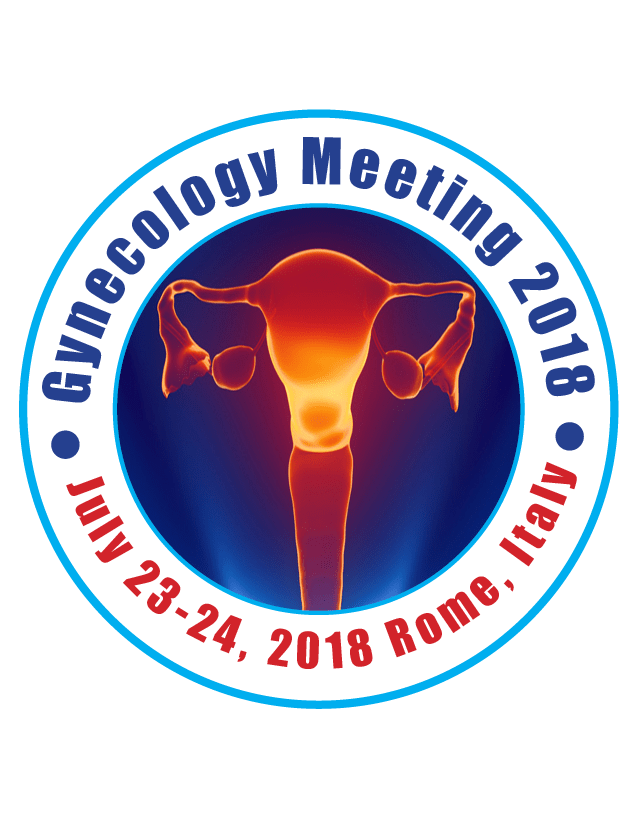Ama Afrah
University of Ghana, Ghana
Title: Reducing inter and intra observer differences using biomarkers in histological diagnosis of invasive cervical cancers and cervical intraepithelial neoplasia in Ghanaian women
Biography
Biography: Ama Afrah
Abstract
cancer and cervical intraepithelial neoplasia in women. Criteria for grading of these lesions by pathologist based on digression
in growth and degree of invasiveness among other abnormalities have been aff ected by inter and intra-observer diff erences
resulting in poor reproducibility. Diagnosis disagreement in histopathology between colleague residents or between residents
and pathology consultants can result in over/unnecessary treatment that will incur more to a poor woman or under treatment
that will put the life of a woman with cervical lesion at risk of metastatic disease with low survival rate. Ki-67, a proliferative
marker is useful in grading of cervical cancer and cervical intraepithelial neoplasia by giving uniform and reliable outcome
independent of inter and intra-observer diff erences.
Aim: To demonstrate the level of expression of Ki-67 antigen in invasive cervical cancer and cervical intraepithelial neoplasia
in Ghanaian women by reducing observer diff erences.
Methodology: Using indirect immunohistochemical method, 116 diagnostic cervical samples with varying grades of cervical
intraepithelial neoplasia and invasive cancer selected retrospectively and randomly were analyzed for level of expression of
Ki-67. Kappa analysis was used to assess the level of agreement between resident colleagues as well as between residents and
consultants in histological diagnosis and immunohistochemistry.
Results: Th e levels of Ki-67 expression in malignant lesions were higher than in premalignant lesions which were also higher
than in normal cervix. Th e inter observer diff erences between consultants, pathologist and residents was higher than intra
observer diff erences. Th e levels of Ki-67 could distinguish post-menopausal atrophy from dysplasia.
Conclusion: Due to semi quantitation of Ki-67 protein there exist some level of inter observer diff erence using Ki-67 grading
of tumours but as compared to that which exist for histomorphological grading of tumours, the former is better. Inter observer
diff erence using Ki-67 grading as compared to histomorphological grading of tumours were better using kappa analysis. Ki-67
score can distinguish between reactive lesions and dysplasia. Ki-67 analysis therefore should serve compliment to histological
grading of tumour for the objective, reproducible, and reliable classifi cation of dysplastic changes in cervical epithelium
especially for proper patient management to increase chance of survival or reduce unnecessary treatment. However, the
fi ndings and conclusions of this study are limited by the small sample size of participants, and a much larger population-based
study would be required to validate our fi ndings.

